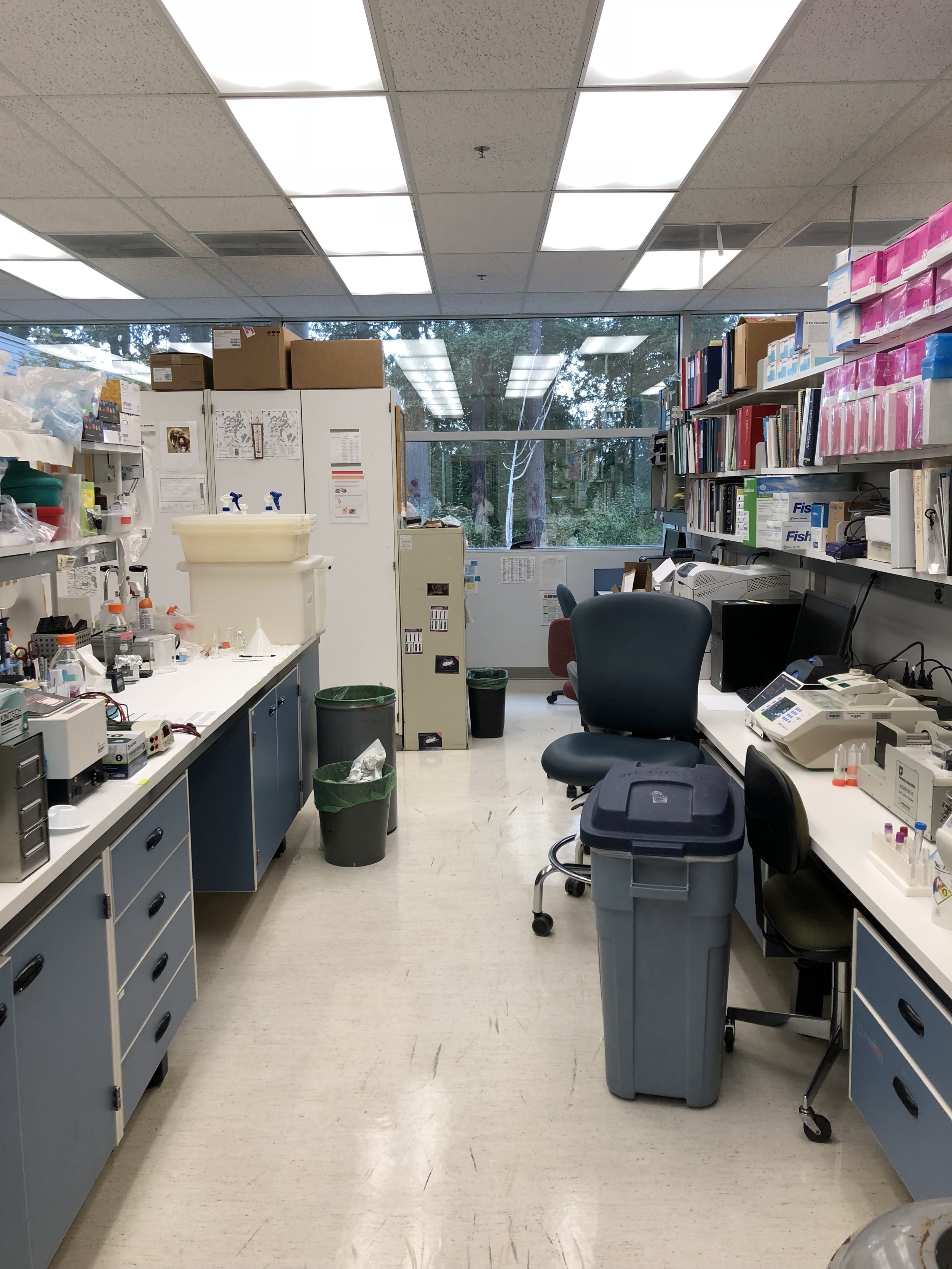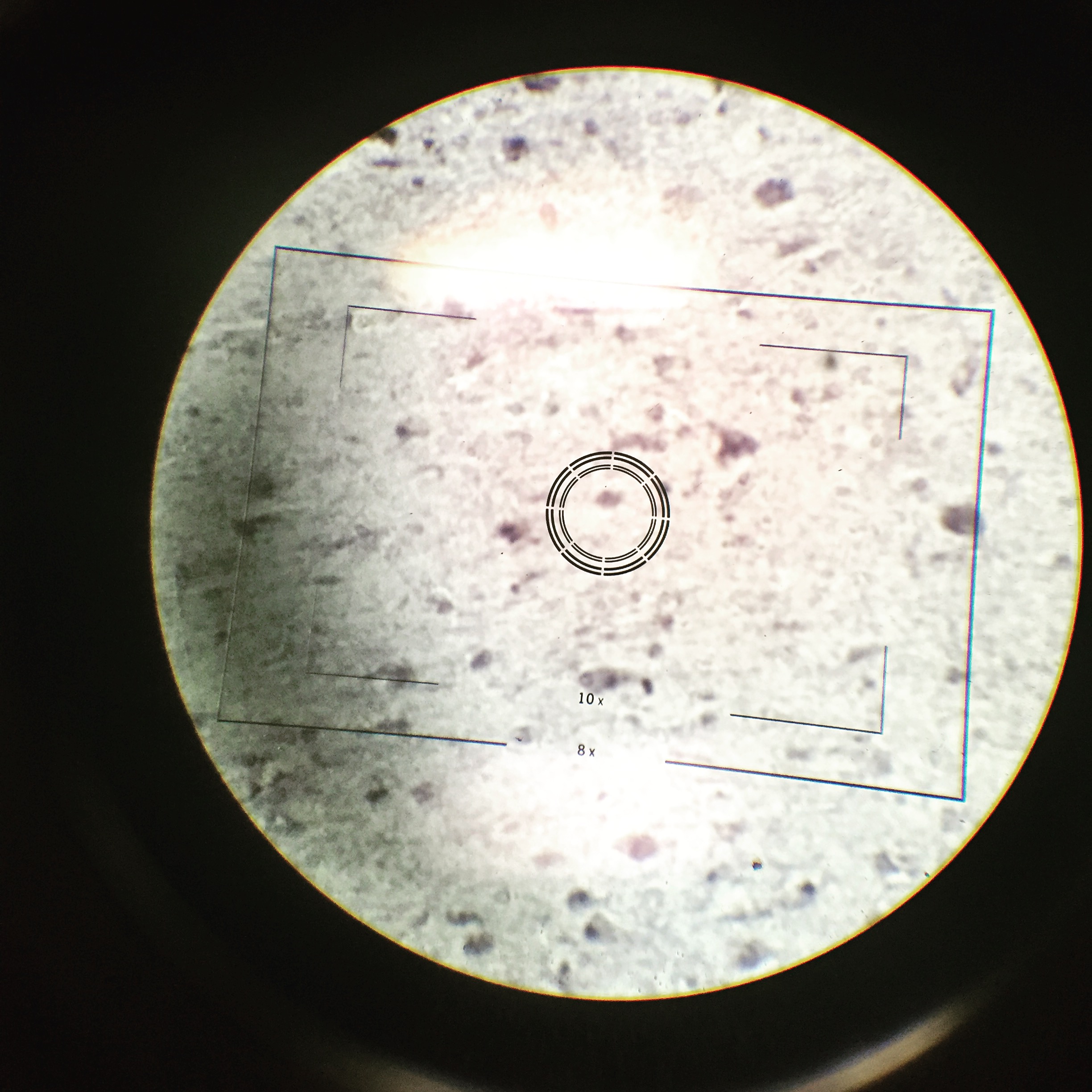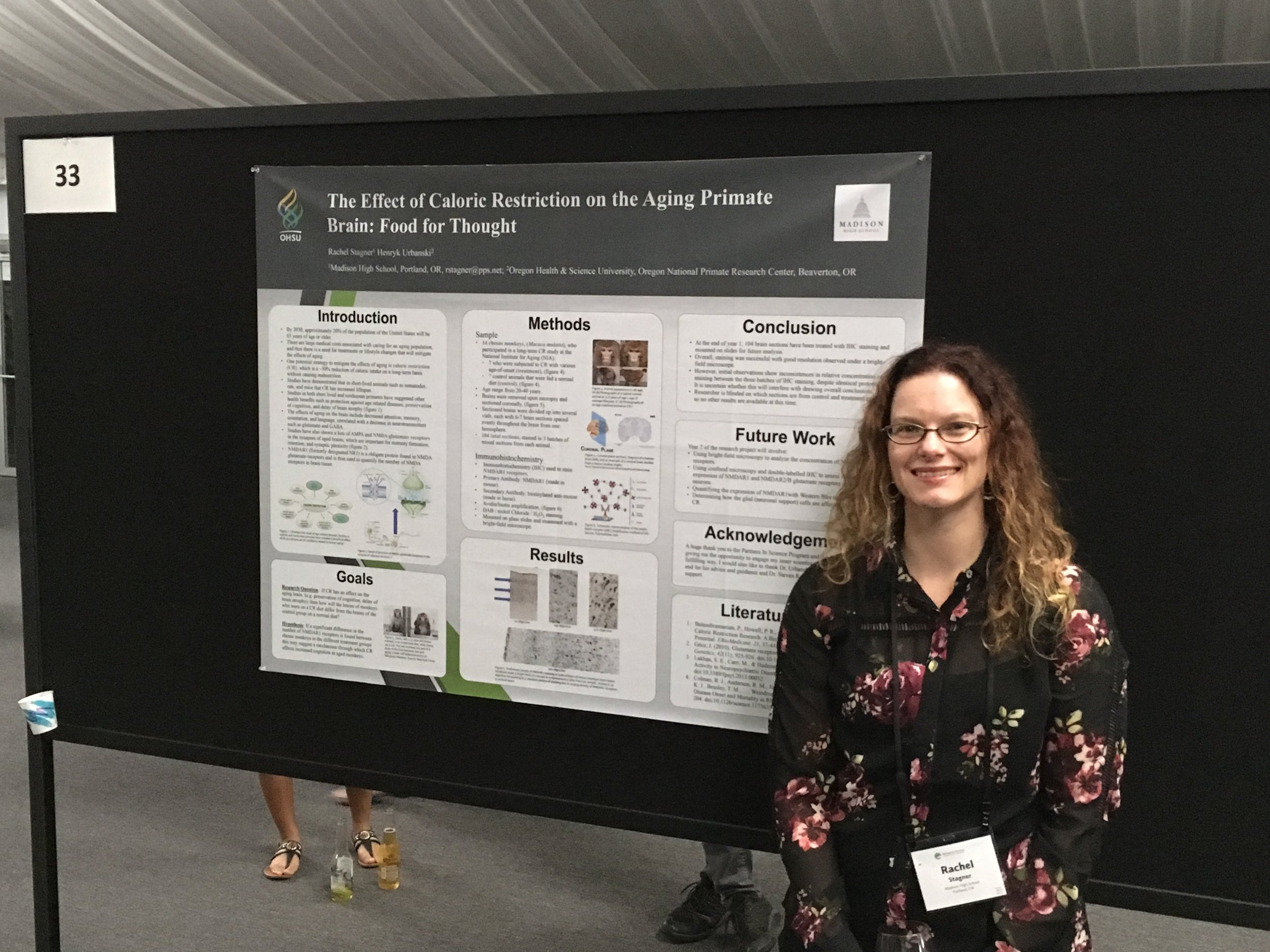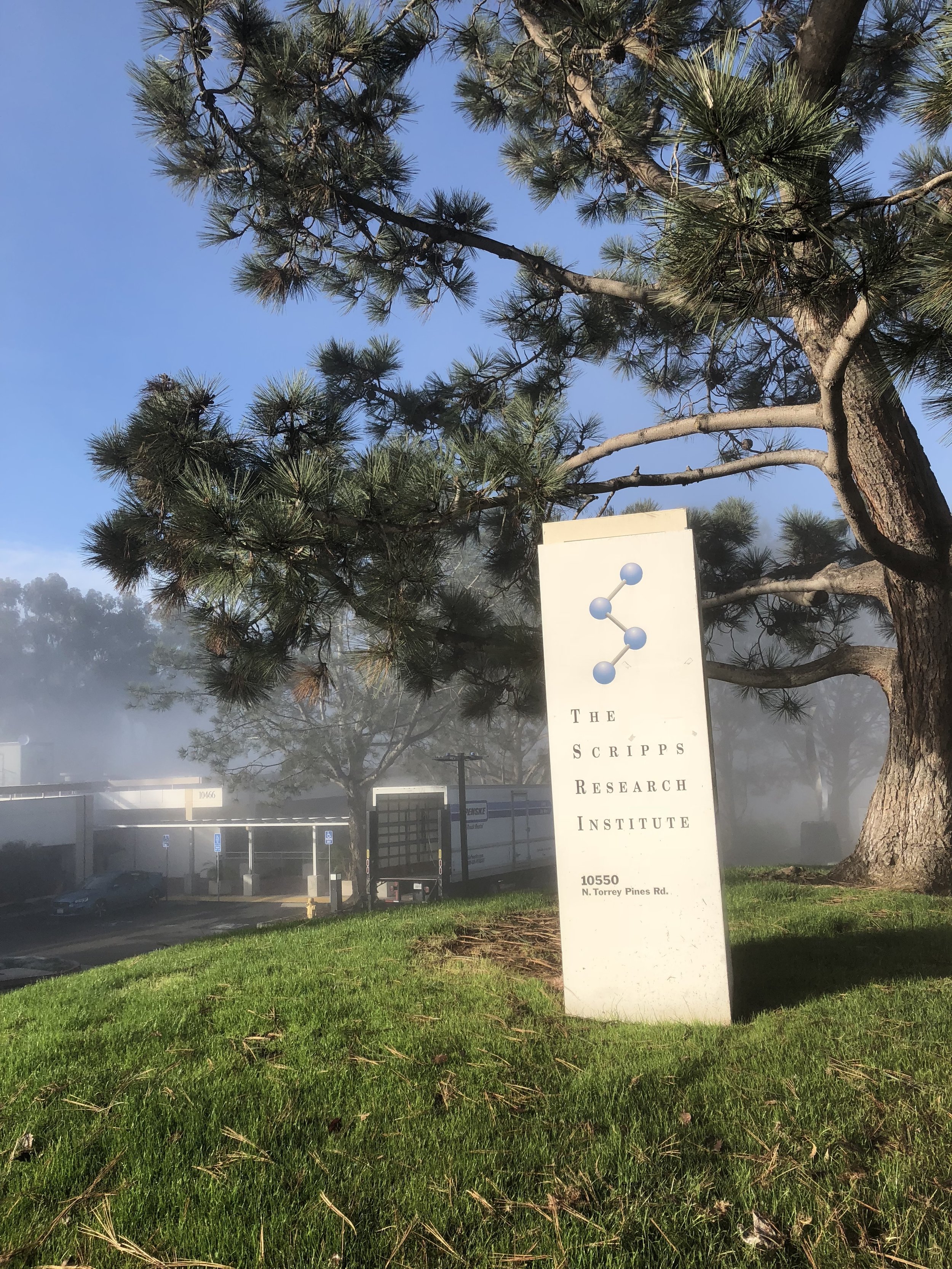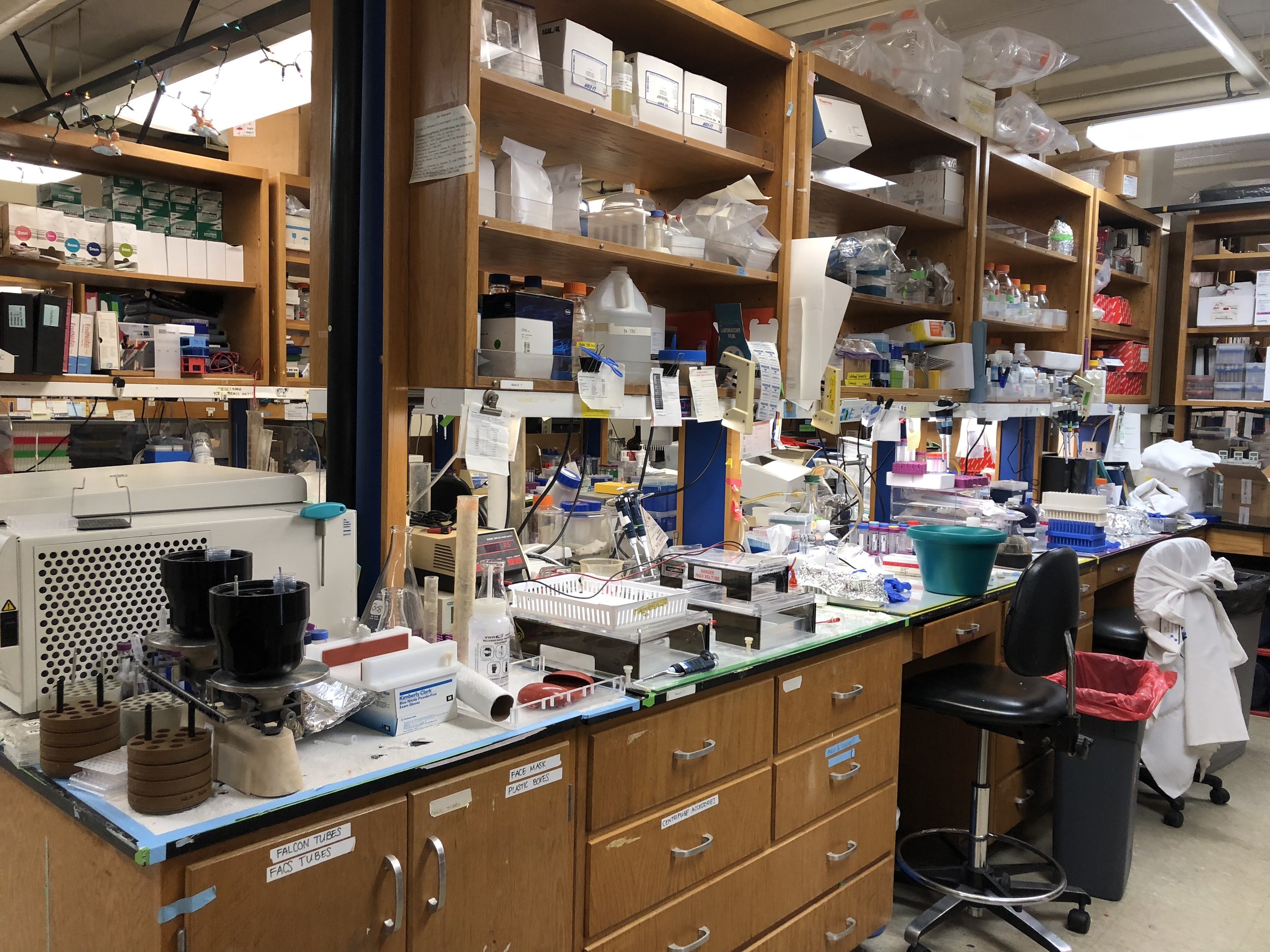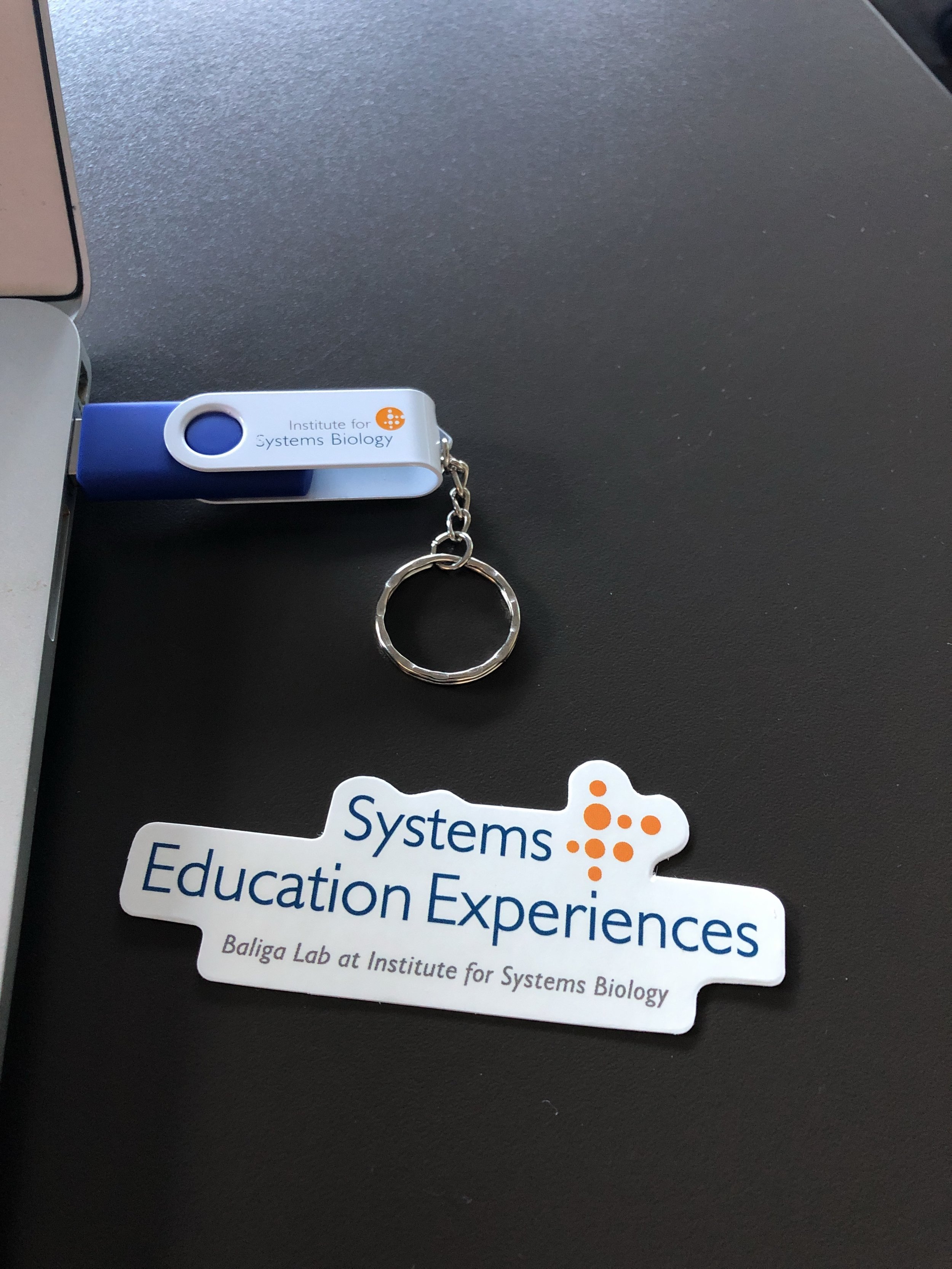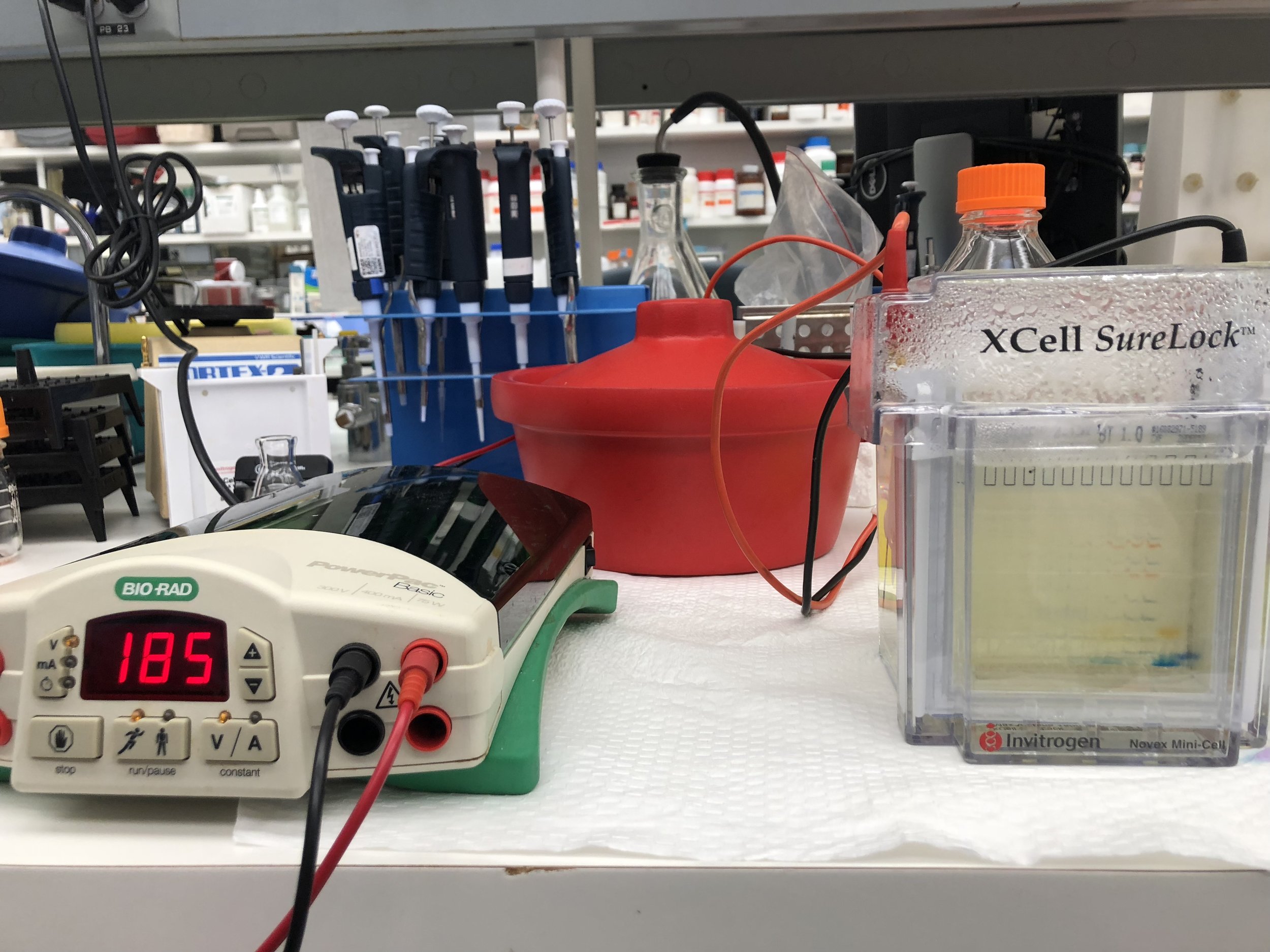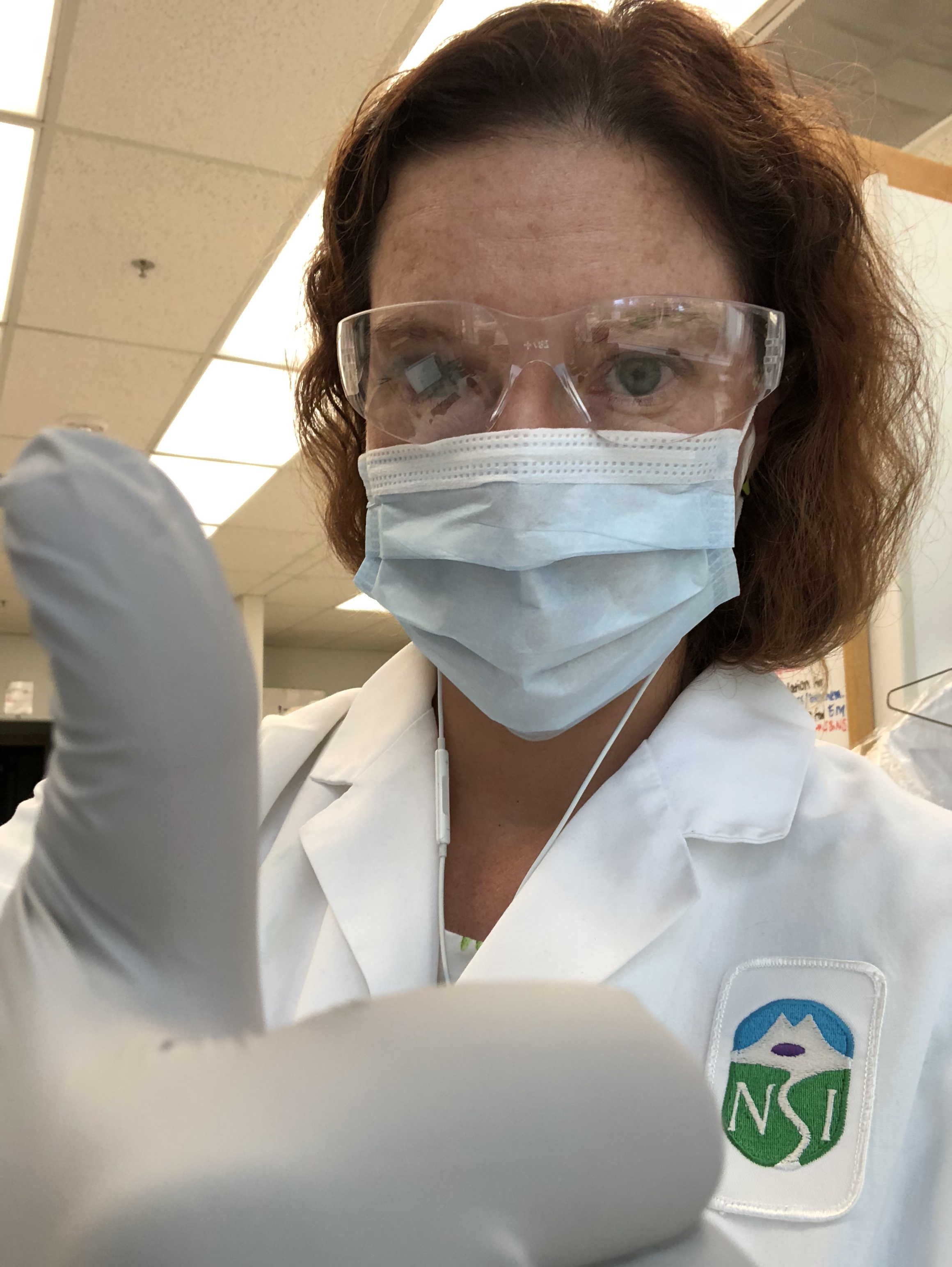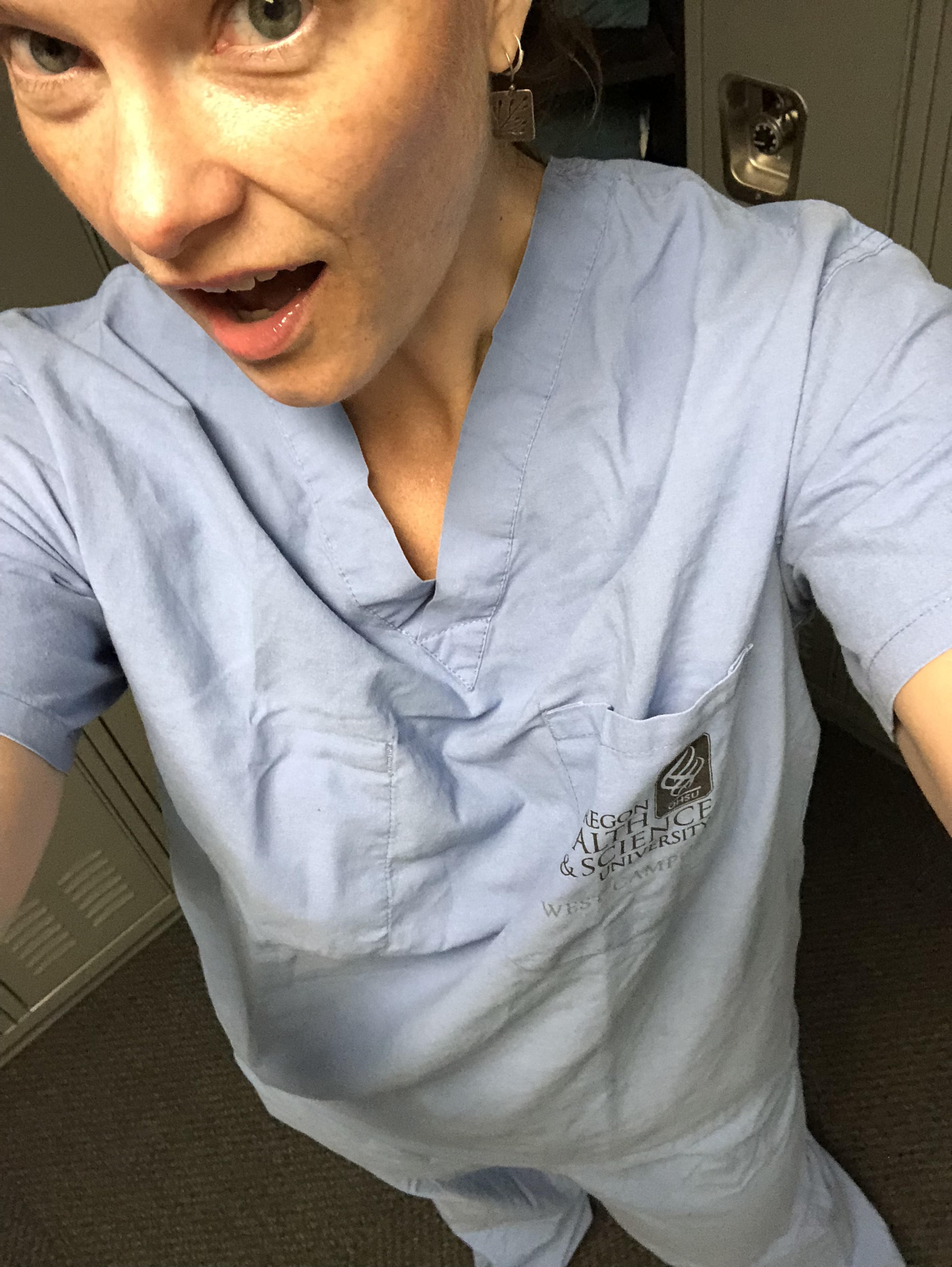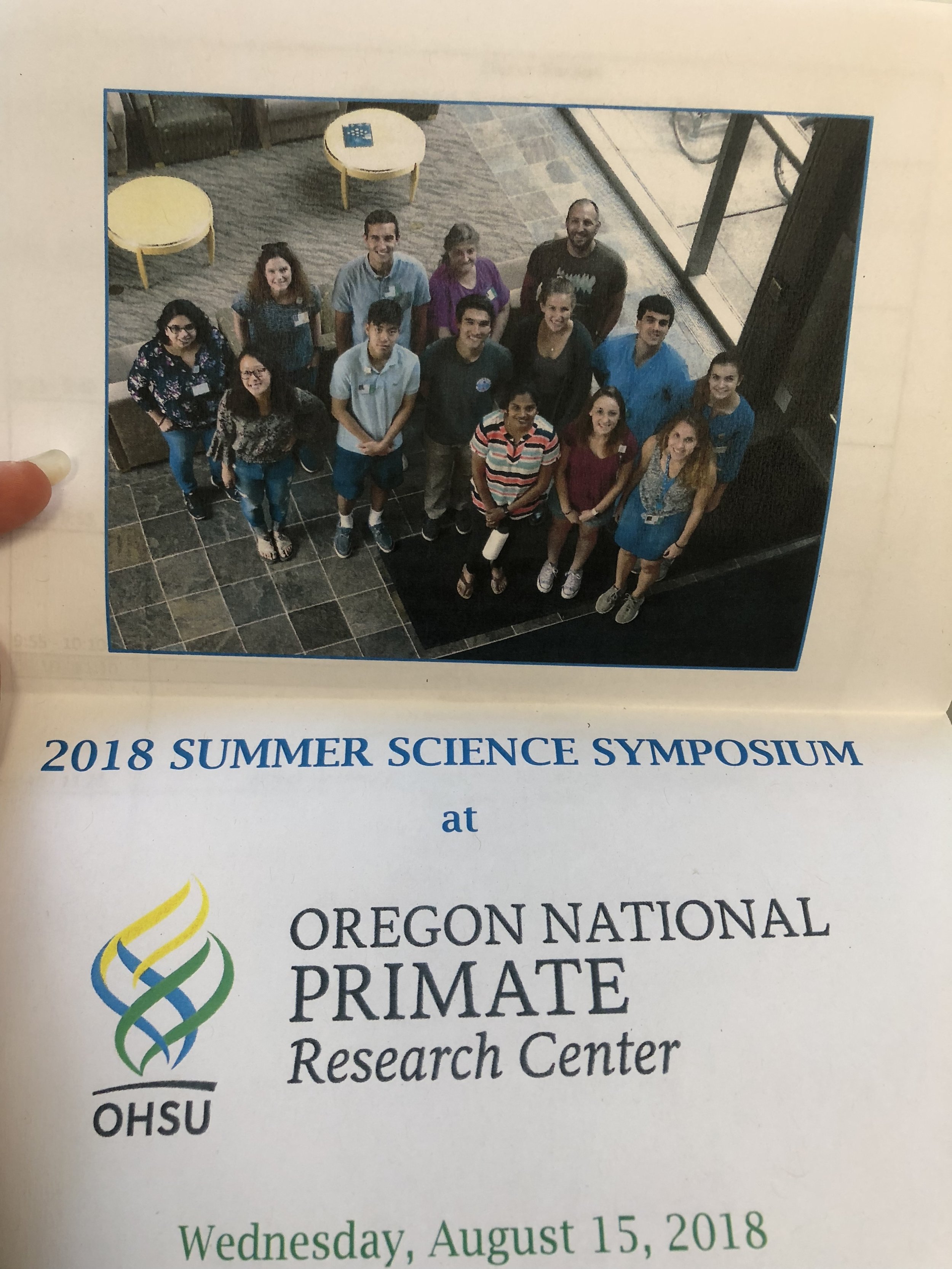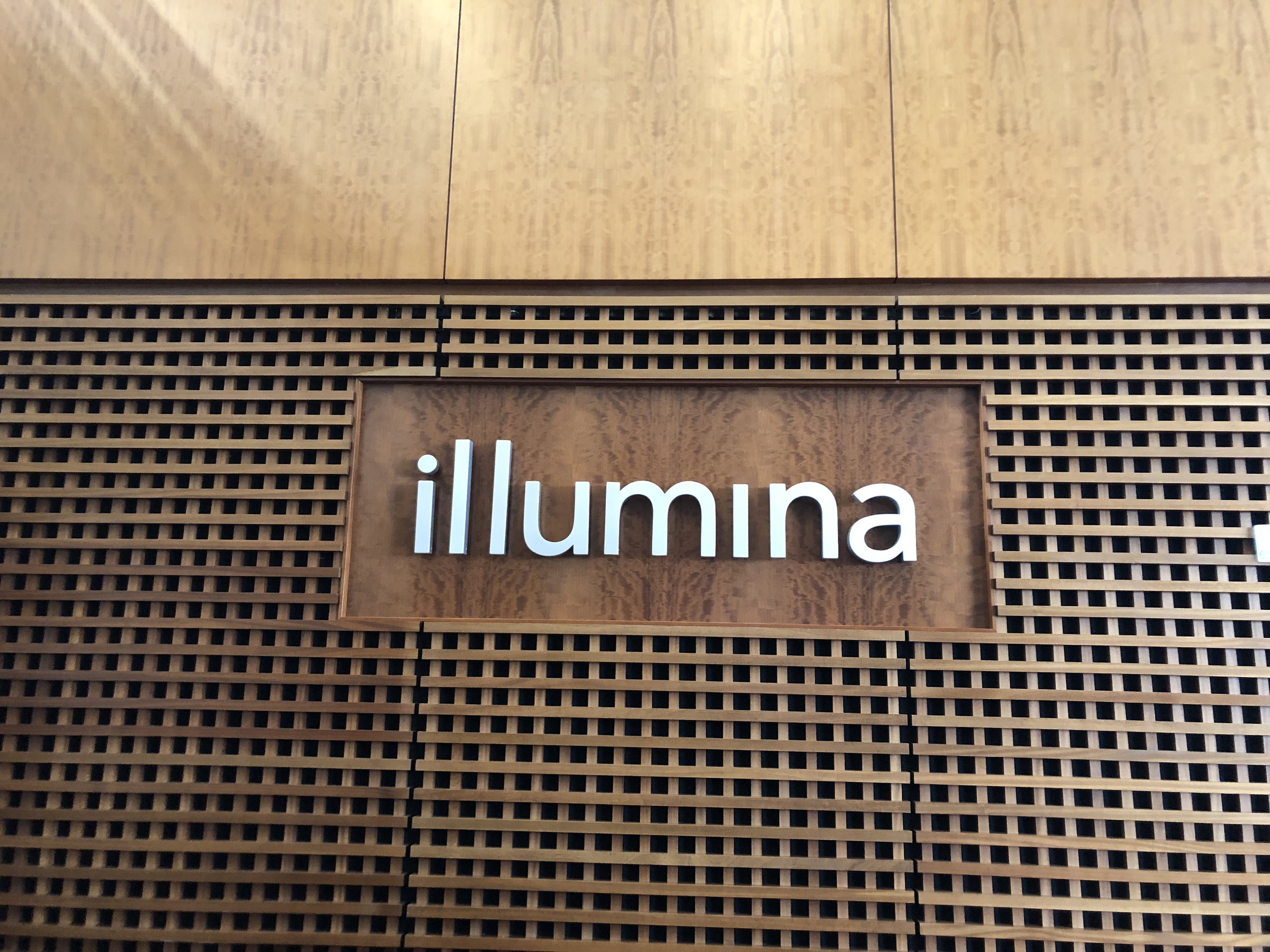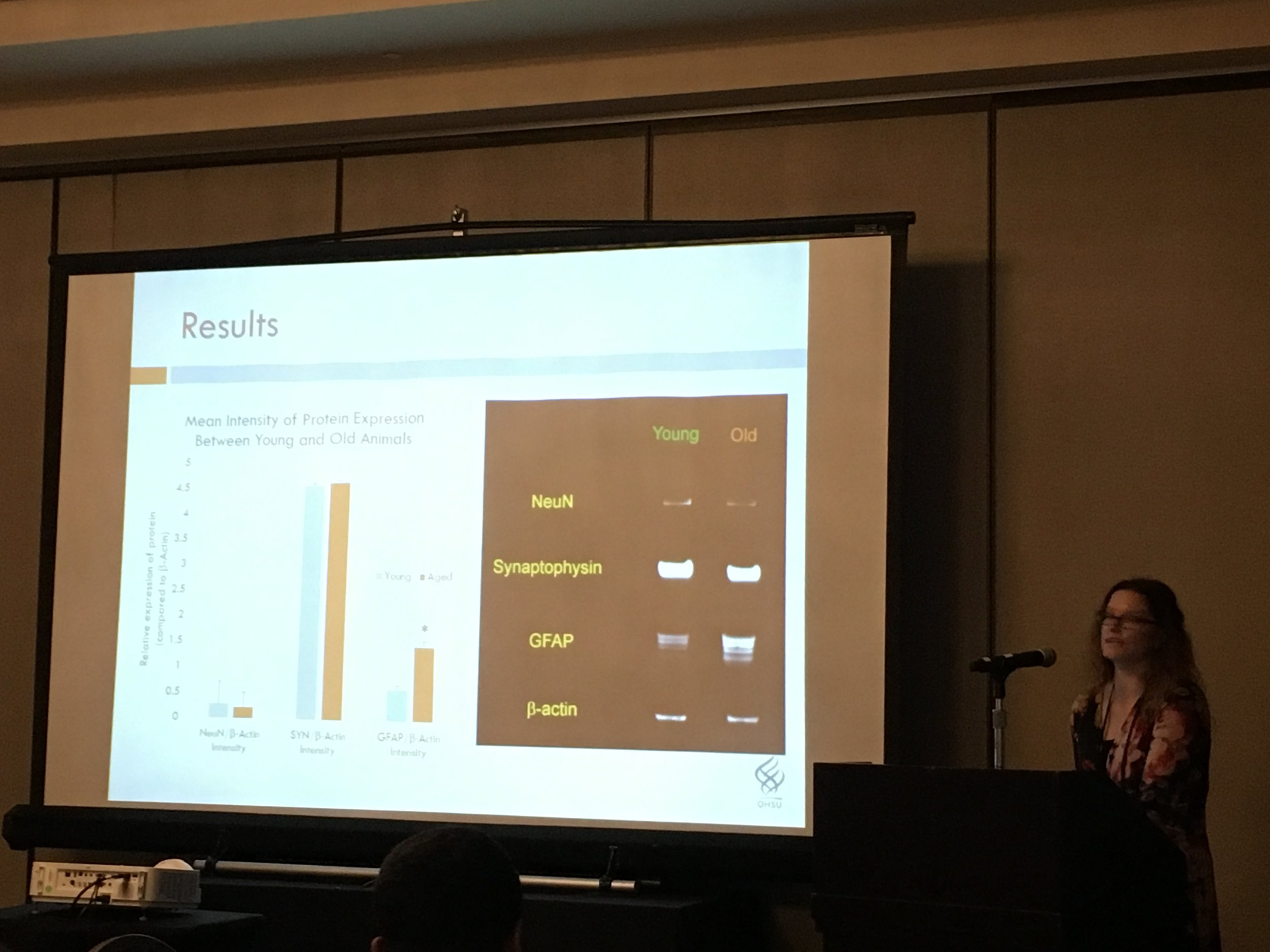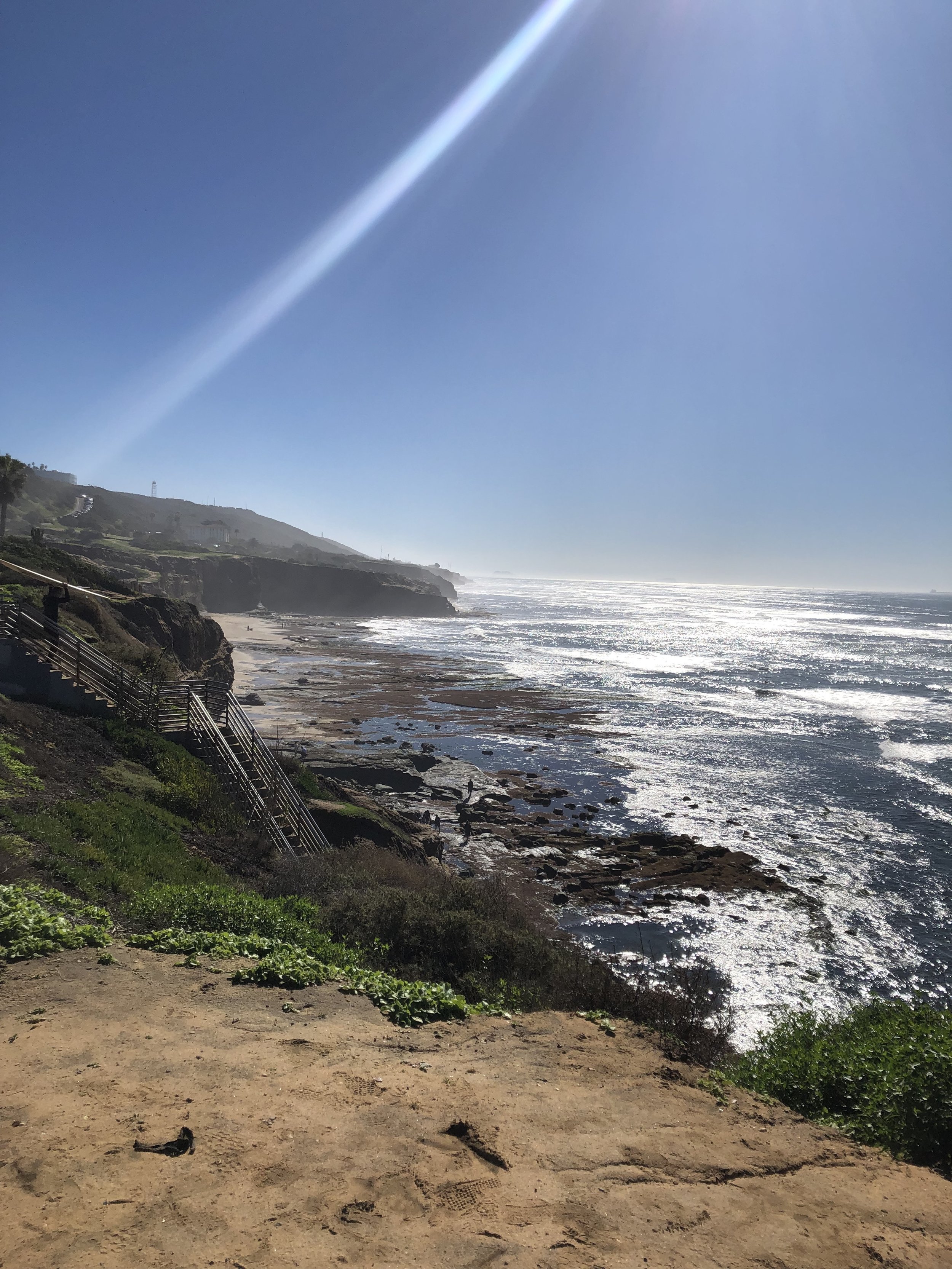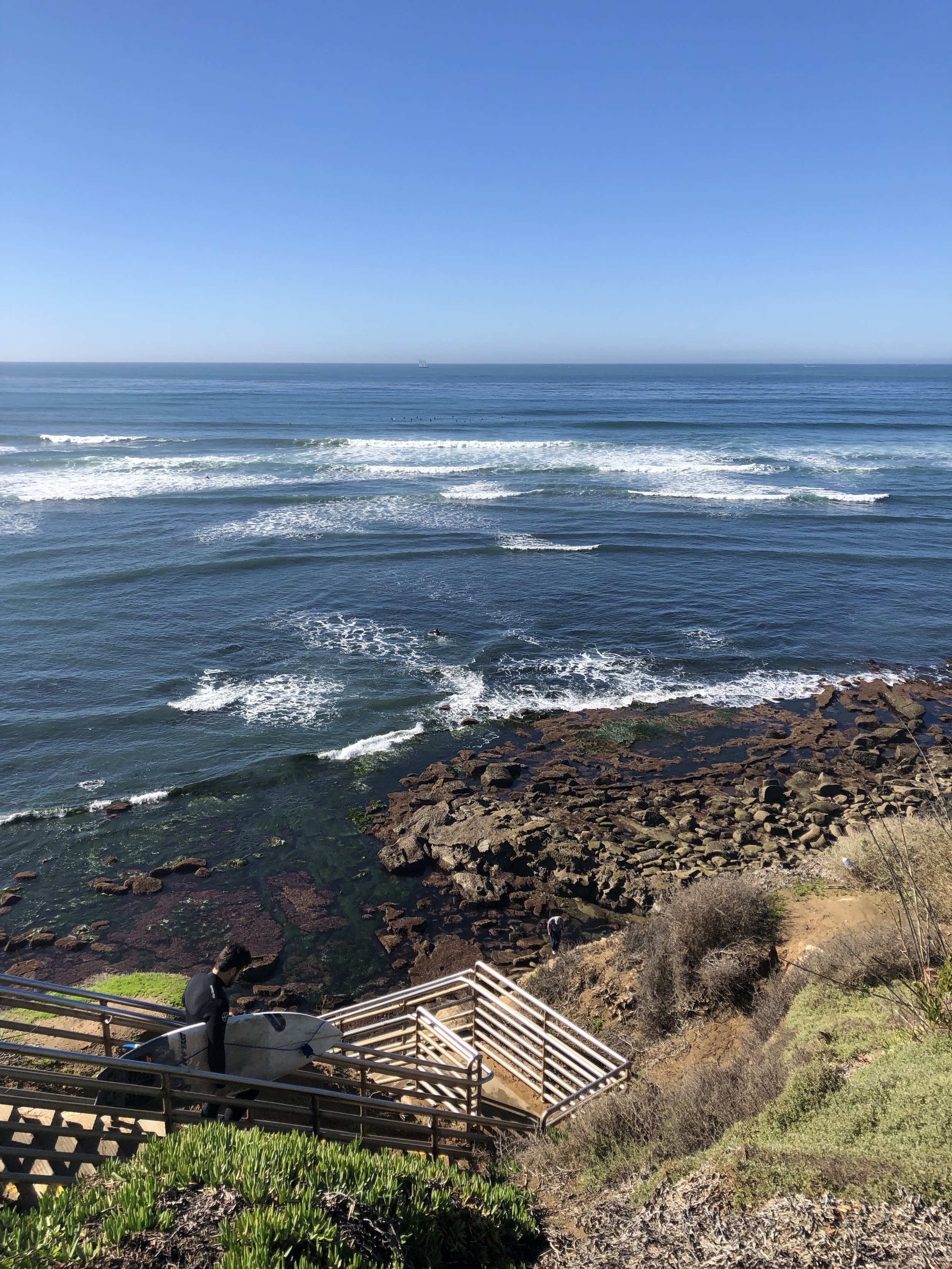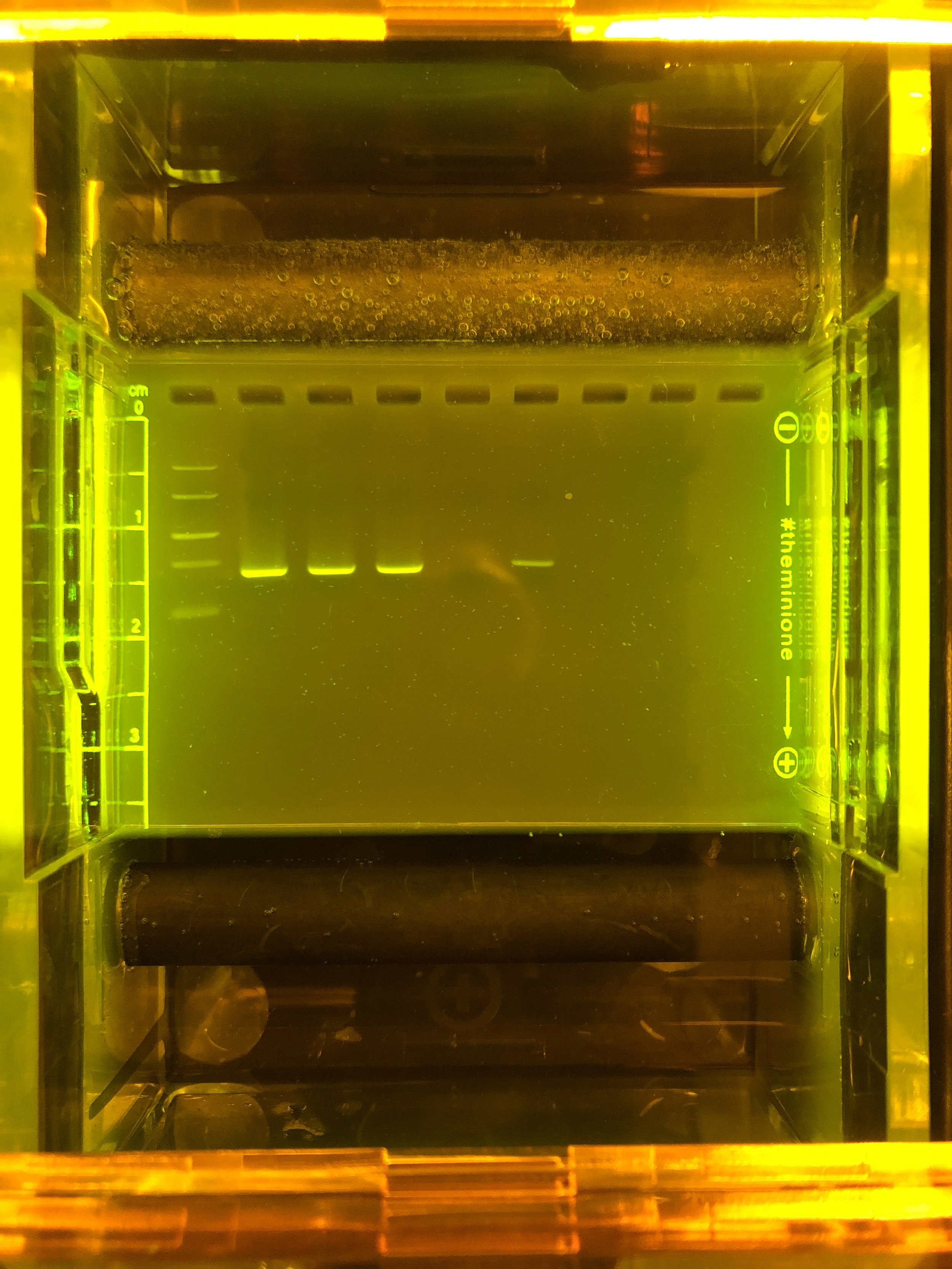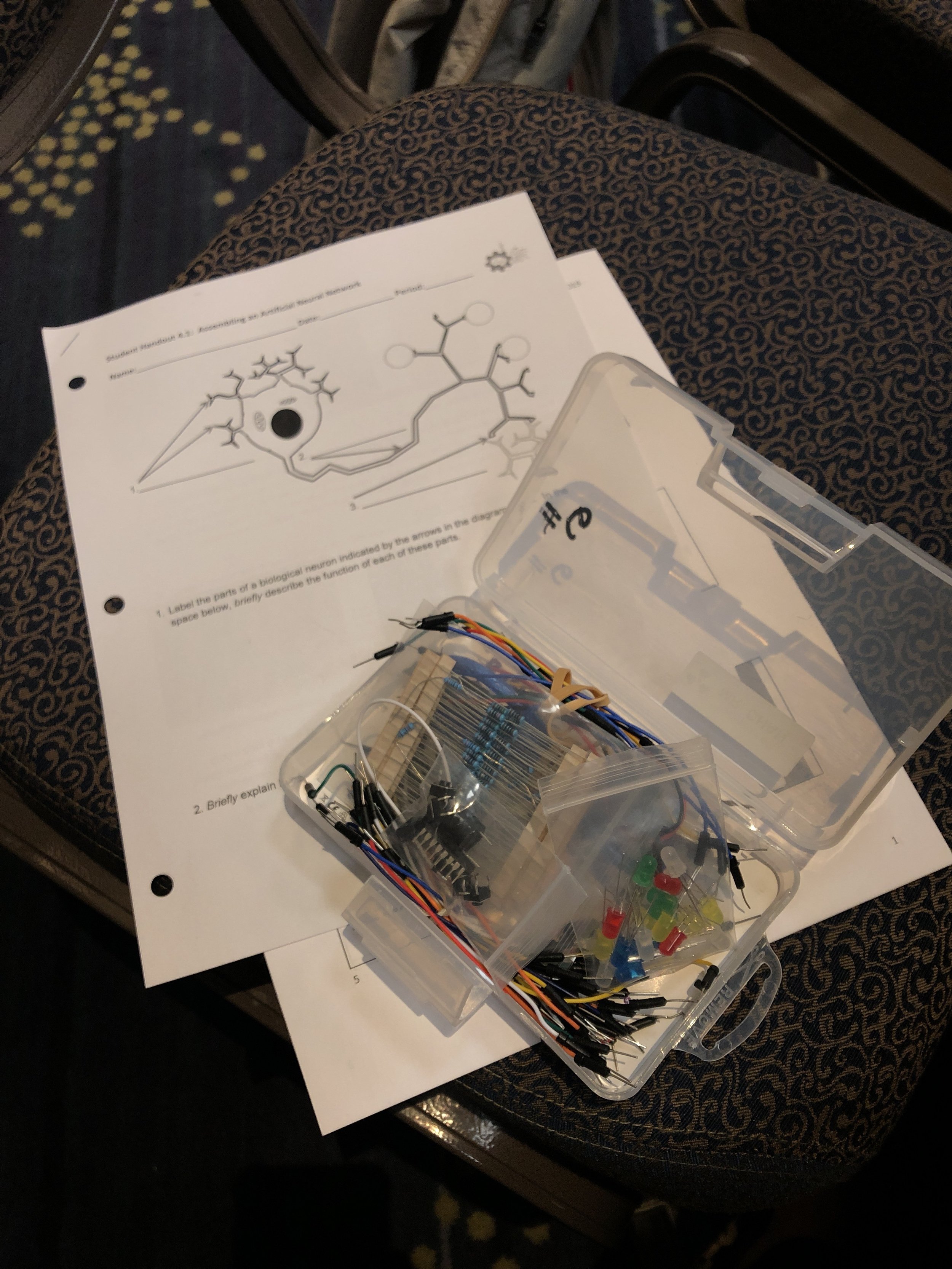Research Experiences for Teachers
I recently spent 4 days at the 2019 Partners in Science (PIS) National Conference in sunny San Diego. This program is just one of many Research Experience for Teachers (RET) programs found across the country. My intention with this post is to provide an overview of the program I participated in, reflect on my experience, and highlight ways to get involved with PIS or a similar RET program.
Overview of the Partners in Science Program
“This unique program pairs high school science teachers with a mentor doing cutting-edge research in an academic lab or a lab associated with another nonprofit institution. The Trust awards approximately 25 Partners in Science grants each year to fund these teacher-mentor research opportunities in the Pacific Northwest. Our goal is to help teachers bring knowledge from the research lab directly into the classroom to promote hands-on science education.”
The Partners In Science Program is a program administered by the M.J. Murdock Charitable Trust which allows teachers to do cutting-edge research at a university or other non-profit lab for two summers, provides professional development (PD) on the QPOE model of inquiry-based STEM instruction, gives teachers additional enrichment funds for PD of your choice, funds for discretionary spending (equipment, lab supplies for your research, etc), and pays for travel to/from the Annual Partners in Science Conference in San Diego and PD days in Vancouver, Washington (across from Portland, Oregon). Here’s the breakdown:
Each year (2 years total commitment):
Stipend: $5,000
Discretionary funds: $1,000
Travel funds (annual conference): $1,000
Academic-year enrichment: $500
Total: $7,500
On top of that, at the end of your second summer you’re eligible to apply for a supplemental grant for a additional $3500, ($7000 if your district matches it), for equipment/supplies for your classroom. If you’re approved, you get to go to the Annual Conference for a third time to present about how your grant funds contributed to student learning.
Does it sound too good to be true? It really is that good. Check out this page for the complete guidelines.
The PIS Experience in Detail
As a partner, you are expected to commit to two summers of research, (about 8 weeks each), participate in the two August Professional Development/Program Overview days in Vancouver, Washington, and attend the three-day annual conference each year at the Hilton San Diego Resort on Mission Bay in January (oh darn). You also have to submit a short report of your progress at the end of both summers, and if you apply for the supplemental grant, write and submit that by mid-fall of your second year. The final requirement is that you spent all of your money by March(ish) of your second year. Did you catch that? The whole $15,000 is yours—if you don’t spend part of it, you can purchase extra materials or technology for your classroom, attend more PD, etc. It just has to be approved by the trust and be related to your educational situation.
During the annual conference, first-year partners create a poster of their research, and second-year partners give an oral presentation. These are presented in short sessions both days of the conference. The rest of the time is devoted to professional development, collaboration, and networking. There are tours to local STEM organizations/institutions, great workshops (most of them offered by fellow educators), and a chance to interact with scientists, former PIS partners, and industry professionals. The conference also includes similar RET programs from around the country, so it’s not just folks from the Pacific Northwest. Here’s a link to this year’s agenda, so you can see what our days were like.
Everything at both the PD days in Vancouver and the Annual Conference is covered by the trust, and the only thing that comes out of your travel budget is airfare/mileage and ground transportation to/from the hotel. Read: no hotel or food costs to you. It’s an incredible deal, and—to be completely honest—is one of the only conferences or professional development experiences I’ve had, with the exception of the Einstein Fellowship, that makes me feel like a valued professional. They really do invest in you.
My Experience
My research was at Oregon Health & Science University (OHSU) in Portland, OR with Dr. Henryk Urbanski in the Neuroscience Division. Dr. Urbanski has been a PIS mentor for over 20 years, and he was a wonderful person to work with.
My first summer, I learned how to do immunohistochemistry staining on fixed brain tissue. My research was focused on identifying if there is a difference between the brains of rhesus monkeys on a calorie-restricted diet versus a control group. My second summer, I learned how to do Western Blotting to detect changes in protein expression in the fresh brain tissue of older versus young monkeys. It was all fascinating, and I learned so much about neuroscience research, brain anatomy, and the mechanism of memory formation. DM me on Twitter if you’re interested in either of these topics and I’ll happily share my poster and/or presentation with you.
At my first conference, I learned about all of the amazing educational resources provided by the Institute for Systems Biology and I took a tour to Scripps Research Institute to learn about cancer research and tour their lab. This year, I went to workshops about using arduino unos to mimic neural networks, how to use PCR and DNA fingerprinting to detect contaminated animal feed (Mad Cow Disease MiniLab curriculum coming soon from MiniOne, check out the resources they have here), and I toured Illumina and heard about the work they are doing with DNA sequencing. Both years, I got to hear from fellow teachers who were doing amazing research outside the classroom, which was inspiring and informative.
If you’re wondering about the time commitment, I went into it excited, but unsure if I would regret giving up two summers. However, those fears were completely unfounded. I loved every minute at OHSU doing science in a lab with plenty of equipment and access to technology. I loved learning cutting-edge techniques and immersing myself in the culture and knowledge of a research institution. It’s hard to explain, exactly, but I felt like a scientist again. When I went back to teaching in the fall of 2017, it felt good that when when I told students, “scientists do X,” I was speaking from recent experience. I made a point to present my work to them and I showed them my research notebook to help them understand that, yes, scientists really do have to take good notes, and, yes, scientists really do have to be careful and present their results to people. I felt proud that I was potentially being a role model to some of them as they thought about what a scientist looks like.
Finally, I can’t speak to the supplemental grant experience, because I haven’t done that yet. I deferred it due to getting the Einstein Fellowship, but other friends who have done it said it was totally worth it.
Other RET programs
As I mentioned, the annual conference also includes similar programs from around the country. Here are a couple of others that participated in the PIS conference in San Diego:
The STEM Teacher and Researcher Program (STAR) - For preservice/novice teachers in California. Work in a research lab or NASA center(!).
COSMOS Research Experience for Teachers (RET) - A Columbia University Program for middle and high school STEM teachers. There also seems to be other programs at Columbia that participate in the RET program, but I couldn’t find a central website for the program.
Texas Teacher Externships Program (TEX2) - Just one of many programs in Texas for teachers. I also found this one at Rice University.
However, when I did a little digging and talking with other Einstein Fellows, there are many more programs like this that are funded through the National Science Foundation (NSF). Here is a huge list of organizations that have programs. There are opportunities that run the gamut of STEM—from computer science, to biotechnology, to sustainability. If you’re looking for a life-changing experience, I encourage you to find out more.
Finally… Pictures!
Click through to see pictures from both years of my experience.

